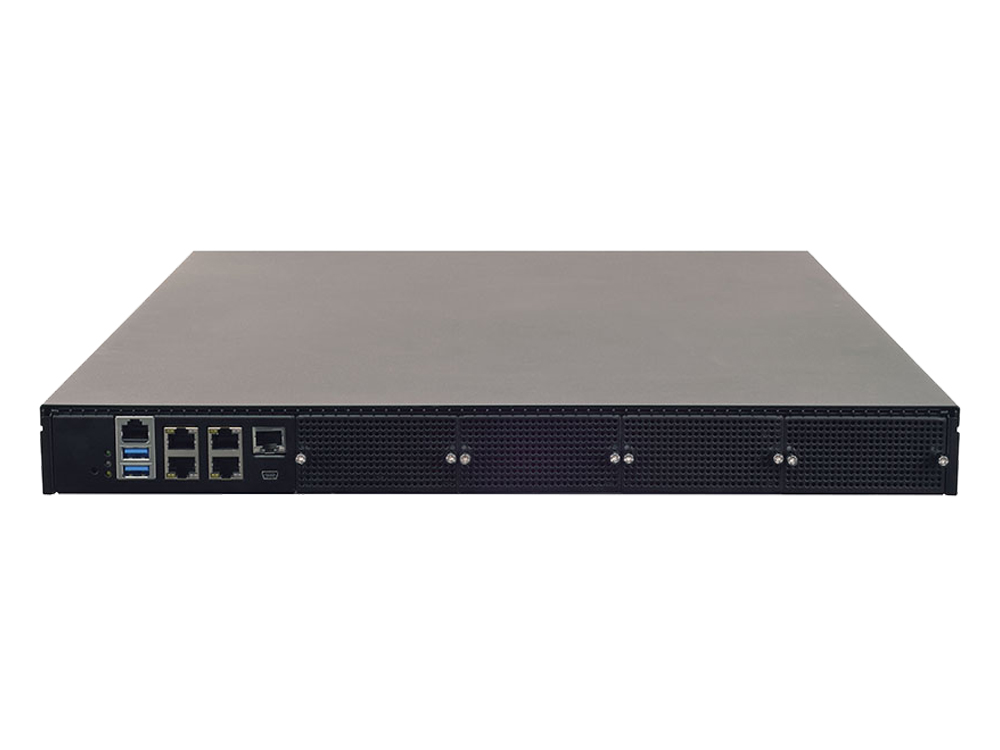Background
Cloud computing is no longer a new buzzword, and in fact, cloud computing is approaching to its next evolution: cloud-first strategy. By definition, it specifies all the business networking activities are conducted in the cloud first. Cloud-first strategy makes practical senses for global enterprises with branches worldwide so that employees can synchronize from mobile devices and remote locations. In fact, organizations with initiatives for cloud-first strategy are requiring a virtualized, automated, and agile network orchestration to easily manage their IT infrastructure, in order to manage the increasing traffics on the cloud and their applications. Thus, SD-WAN has become the optimal choice as it also comes with the capability in securing business applications.
Requirements
Apparently, legacy MPLS approach is no longer economical or technologically efficient. Therefore, an innovative software vendor in the SD-WAN market cooperated with Lanner to develop a white-box based solution to meet the SD-WAN requirements for cloud-first strategy. The joint solution is intended to realize application-oriented routing, end-to-end visibility, SaaS performance, and agility to maximize the traffic management in cloud strategy. Therefore, there are technological requirements for the joint solution to achieve cloud-first strategy:
Multi-core server-grade processor
In order to optimize a cloud-first orchestration, most of the applications and business practices are conducted by VNFs (virtualized network functions), including vFirewall/vDDoS, vBRAS, SD-WAN, vLoad Balancer, vUnified Communication, vIP Security, vWAN Optimizer and vProbe/Service Assurance. Thus, adoptions of multi-core, high core-count processors are necessary.
High Availability by Redundant Power Supply
Power supply must remain operating in a 24/7 manner. For enterprise-grade cloud-first strategy, there should be at least 1 + 1 redundant PSUs (power supply units) at 650W and several swappable cooling fans.
Integrated with Intel® QuickAssist Technology
Intel QuickAssist cryptography acceleration technology offloads crypto encryption and decryption traffic from CPU, so that there are sufficient computing resource for real-time communication.

Solution
Throughout the joint development, Lanner introduced NCA-5520, operating as hybrid mode SD-WAN deployed at enterprise server or carrier’s cloud data center. The above mentioned VNFs (as those in Requirement section) are distributed on vCPE edge device, edge router, and NFV servers.
Lanner’s NCA-5520 is powered by 2nd generation Intel® Xeon® Scalable Processor Family and Intel® C626 or C621 chipset, featuring optimized computing power and virtualization technology in a compact 1U form factor. NCA-5520 supports for up to 320GB DDR4 system memory at 2666 MHz to enhance memory bandwidth and power efficiency. By leveraging the 2nd generation Intel® Xeon® CPUs, NCA-5520 supports a wide variety of virtualization technologies for emerging workloads. To secure business applications, NCA-5520A comes with hardware-assisted Intel QuickAssist cryptography acceleration to offload encryption and decryption workload from CPU so that computing resources can be directed to real-time networking.
Regarding connectivity expansion, it provides 4x NIC module slots to maximize scalability and potential bandwidth.







